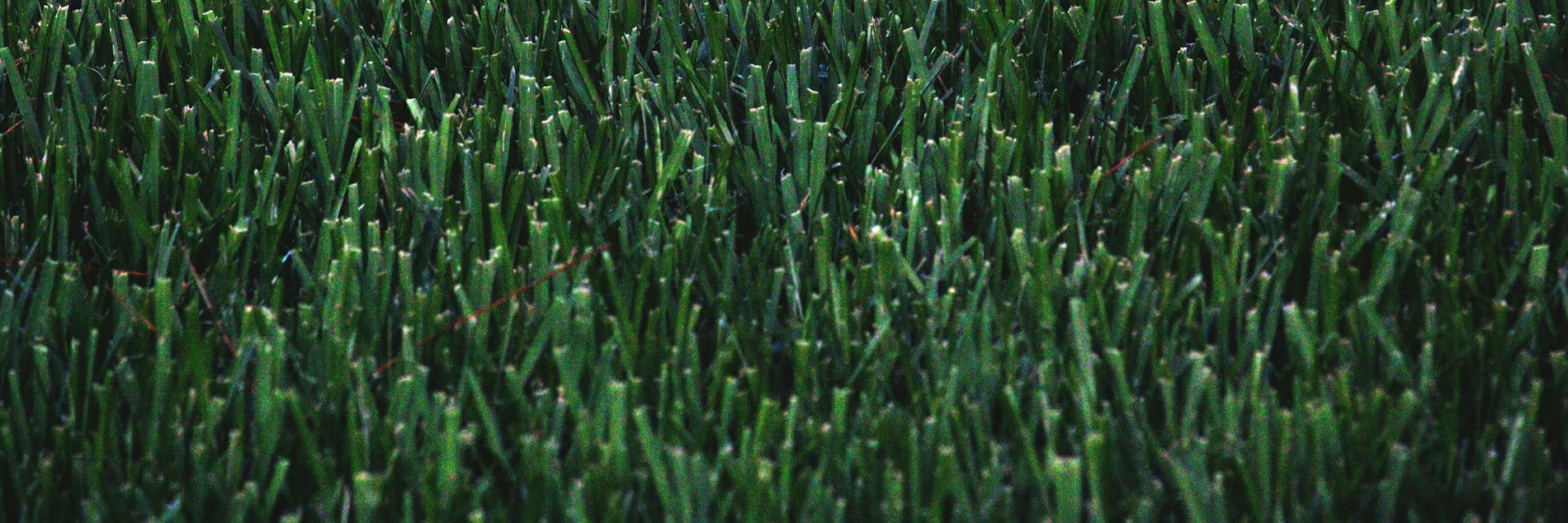What’s In the Bag? Here’s The Truth Most Seed Companies Don’t Want You to Know

One of the most common questions folks ask here at Nature’s Seed is what makes our seed blends different from other brands. I usually answer this question by discussing our quality controls which include custom cleaning followed by purity and viability testing performed by independent seed laboratories. I’ll mention how our seed blends contain no added inert fillers or filler species. I’ll talk about our extensive network of trusted seed collectors and growers along with our own field production. But the most important answer I give has to do with our choice in seed varieties, or cultivars. If you want the best lawn you need to start out with the best seed. And that’s where the National Turfgrass Evaluation Program (NTEP) comes in.
What Is NTEP?

The National Turfgrass Evaluation Program is perhaps the most important and well-known turfgrass research organization in the world. What started out as cooperative research among turfgrass scientists and agronomists in the 1960s and 1970s has now become a crucial component of the turfgrass industry. Each year NTEP evaluates hundreds of turfgrass cultivars based on factors such as color, disease and pest resistance, density, traffic tolerance, cold hardiness, drought and heat resistance and overall quality. Using standardized testing protocols, NTEP rates each cultivar and summarizes the data in annual reports. The information contained in these reports helps seed companies, like us, determine which cultivars go into their blends. Homeowners, golf course superintendents and professional turfgrass managers also benefit from the information, allowing them to seek out the top-rated varieties for their projects. Simply put, NTEP ratings will either make or break a turfgrass, the developer of the turfgrass and the company selling the turfgrass.
The Mission of NTEP
But NTEP isn’t all about rating turfgrasses. Their mission “to provide leadership for the evaluation and improvement of turfgrass cultivars” takes a four-pronged approach. According to their mission statement, NTEP achieves their goal by:
1. Providing a mechanism for uniform turfgrass evaluation;
2. Advancing the science of evaluations;
3. Collecting and disseminating turfgrass performance information; and
4. Enhancing the transfer and use of information and technology relating to turfgrass improvement and evaluation.
Everyone Benefits From NTEP

Information and knowledge gained by NTEP is shared freely with state universities, government departments, golf associations and the turfgrass industry. Even new homeowners can access NTEP’s vast data collection to help make wise decisions when establishing a new lawn. Thanks to the extensive work and research done by NTEP, we’re able to offer our customers the highest quality, genetically superior seed varieties.

